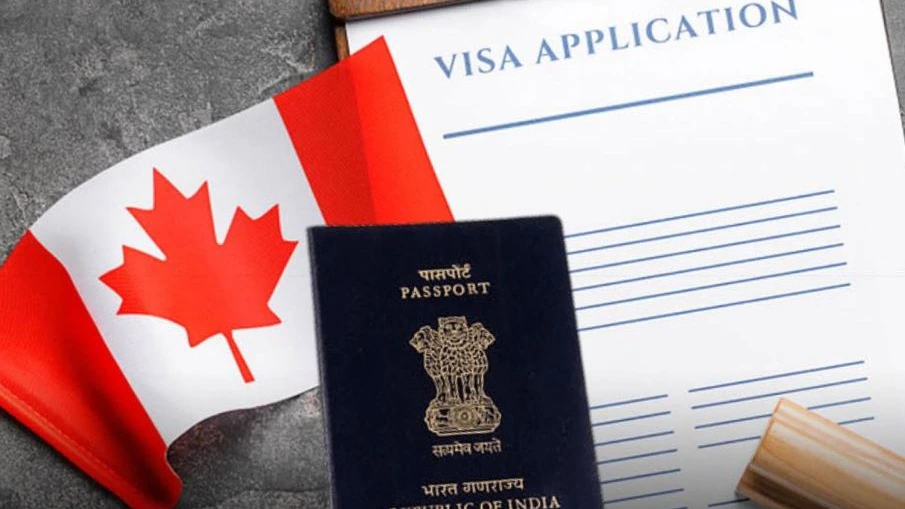OTTAWA — Canada is dramatically expanding its Provincial Nominee Program (PNP) for 2026, marking one of the largest increases in provincial immigration in years. The federal government has set a target of 91,500 permanent resident admissions, a significant jump from 55,000 in 2025 — a 66 per cent increase that underscores Ottawa’s renewed focus on supporting regional economies and attracting newcomers beyond major cities.
The PNP allows provinces and territories to nominate candidates whose skills match local labour market needs. Many streams prioritize individuals already working or studying in the province, offering a valuable pathway for temporary residents — including international graduates and skilled workers — to transition to permanent residency.
Immigration experts say the expanded targets will make the PNP an even more crucial route for applicants who face challenges qualifying through Express Entry, such as those with lower Comprehensive Ranking System (CRS) scores, workers in lower-skilled occupations, and entrepreneurs applying through provincial business streams.
International graduates on Post-Graduation Work Permits (PGWPs) are expected to benefit the most. A provincial nomination allows them to apply for bridging open work permits, letting them stay and work in Canada while their permanent residence applications are processed.
For employers, the move comes as welcome news. After Express Entry reduced additional CRS points for arranged employment earlier in 2025, the PNP has become increasingly important for businesses seeking to retain international talent already contributing to their communities. Higher provincial allocations will now give local governments more flexibility to nominate workers whose skills align with regional needs.
While provinces typically issue more invitations than available seats to account for processing delays or refusals, the expanded targets mean more newcomers will ultimately be granted permanent residence under the PNP.
The announcement also signals a policy shift following a period of tighter PNP capacity, when certain streams were paused or restricted. With new targets confirmed for 2026 and beyond, provinces are expected to reopen and redesign nomination streams, making eligibility more inclusive and improving access for both workers and entrepreneurs.
By empowering provinces to play a larger role in immigration planning, the government aims to strengthen regional growth and ensure newcomers contribute directly to Canada’s long-term economic and workforce priorities.

